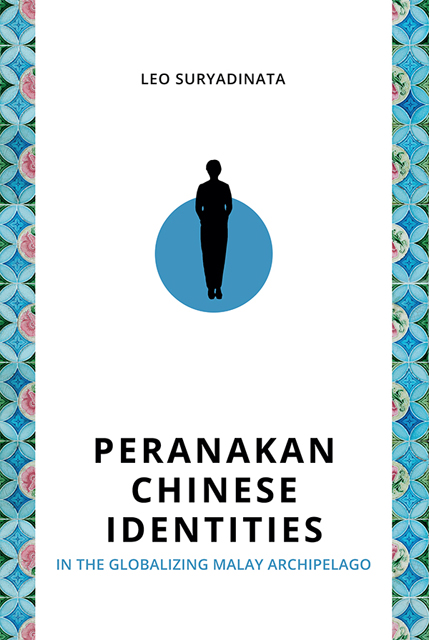Book contents
- Frontmatter
- Contents
- Preface
- Acknowledgements
- Part I Regional Dimensions: Indonesia, Malaysia and Singapore (IMS)
- Part II Focusing on Indonesia
- Appendix 1 The Prospects of the Peranakan Community at the Age of Globalization, by Tan Ta Sen
- Appendix 2 Some Books on the Peranakan Chinese Published between 2007 and 2021
- Bibliography
- Index
- About the Author
10 - Peranakan Chinese and the Indonesian Press, Language and Literature
Published online by Cambridge University Press: 01 September 2023
- Frontmatter
- Contents
- Preface
- Acknowledgements
- Part I Regional Dimensions: Indonesia, Malaysia and Singapore (IMS)
- Part II Focusing on Indonesia
- Appendix 1 The Prospects of the Peranakan Community at the Age of Globalization, by Tan Ta Sen
- Appendix 2 Some Books on the Peranakan Chinese Published between 2007 and 2021
- Bibliography
- Index
- About the Author
Summary
Introduction
Since the late nineteenth century, ethnic Chinese have been active in the Indonesian press, publications of books and creative writings in proto-Bahasa Indonesia (Malay). They have made significant contribution at least in the above three fields. This chapter examines briefly their role in these fields from the colonial period to the present. This is based on my earlier works and recent observation as well as the studies by other scholars. In the process of writing this chapter, I became more aware that more studies on the relevant topics should be conducted in order to fill the gaps. From available research findings however, one notice that the role of Indonesian Chinese was essential in the formation and development of the Indonesian press, language and modern literature, but this was often overlooked, if not neglected, by many Indonesianists in the past. There has always been a stereotype that ethnic Chinese are economic creatures and that they are only interested in making money, and nothing else.
Before discussing their role, it should be remembered that ethnic Chinese in Indonesia were and are not a homogeneous group. They can be divided at least into two types: the Peranakan or local-born Indonesian-speaking Chinese, and the totok (i.e. singkeh) or foreign-born and Chinese-speaking Chinese. In the first half of the twentieth century, the Chinese in Java were primarily Peranakan while those in the outer islands were primarily totok. With Indonesia’s independence, totok Chinese have been rapidly Peranakanized, if not Indonesianized. Nevertheless, the process has been much more rapid in Java than in the outer islands, due to both the historical factor and settlement patterns. Speaking of Indonesian Chinese, I mean to include both the Peranakan and totok, but it seems that the Peranakans contributed more to the above three fields than their totok counterparts for obvious reasons: the Peranakans have stayed longer in Indonesia and have partially been assimilated to the local culture.
Apart from this socio-cultural background, it should also be noted that the role of ethnic Chinese has been facilitated by their socio-economic status in both colonial and independent Indonesia. Ethnic Chinese have been urban dwellers (especially in Java) and have been widely exposed to the development of capitalism.
- Type
- Chapter
- Information
- Publisher: ISEAS–Yusof Ishak InstituteFirst published in: 2023



